What to do in Lebanon: 20 must-sees and must-dos
Anto
15 Sep 2023
Wondering what to do in Lebanon in two weeks, 10 days or 3 weeks? We’ve put together this guide for you, to ensure you have an unforgettable trip. Lebanon, a small Middle Eastern country, stretches a mere 200 km from north to south. But what it has in size, it more than makes up for in cultural, historical and natural wealth. Between the thousand-year-old cedars of the mountains and the azure of the Mediterranean, Lebanon is a mosaic of unique experiences. Finally, in the shadow of Phoenician temples and Beirut’s bustling alleyways, a soft, captivating melody beckons, promising memories that will last a lifetime.
Your online travel health insurance
Start your quotation now and obtain your medical insurance certificate, which insures medical expenses according to the country’s needs.
Before heading off to the various places we’ll mention in this article, you can find below links to local agencies that will enable you to travel within Lebanon:
In the heart of the Lebanese mountains, not far from Beirut, stands the majestic Château de Beiteddine. Its palaces and gardens stretch as far as the eye can see, bearing witness to the country’s Ottoman history.
Inside, mosaics, hammams and the emirs’ chambers captivate visitors. Afterwards, strolls through the shady, fragrant gardens are a true delight.
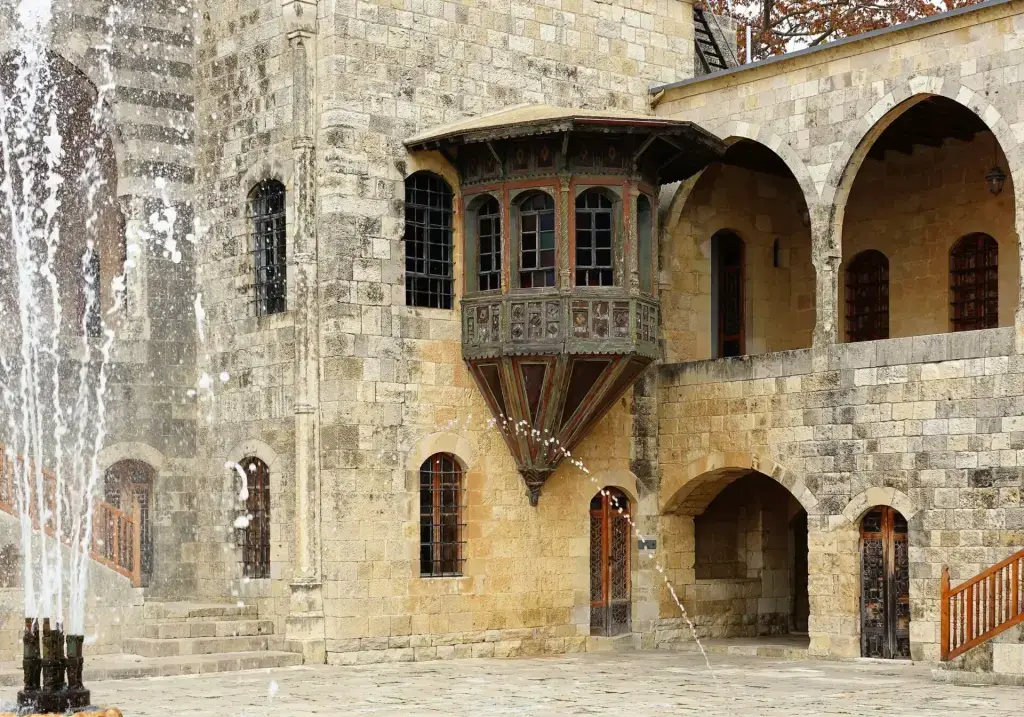
Located a few kilometers north of Beirut, the Jeita Grotto is one of Lebanon’s true underground gems. In fact, this natural wonder is divided into two main sections: the upper grotto and the lower grotto.
Inside, magnificent stalactites and stalagmites form natural sculptures. A boat trip on the underground lake is an unforgettable experience.
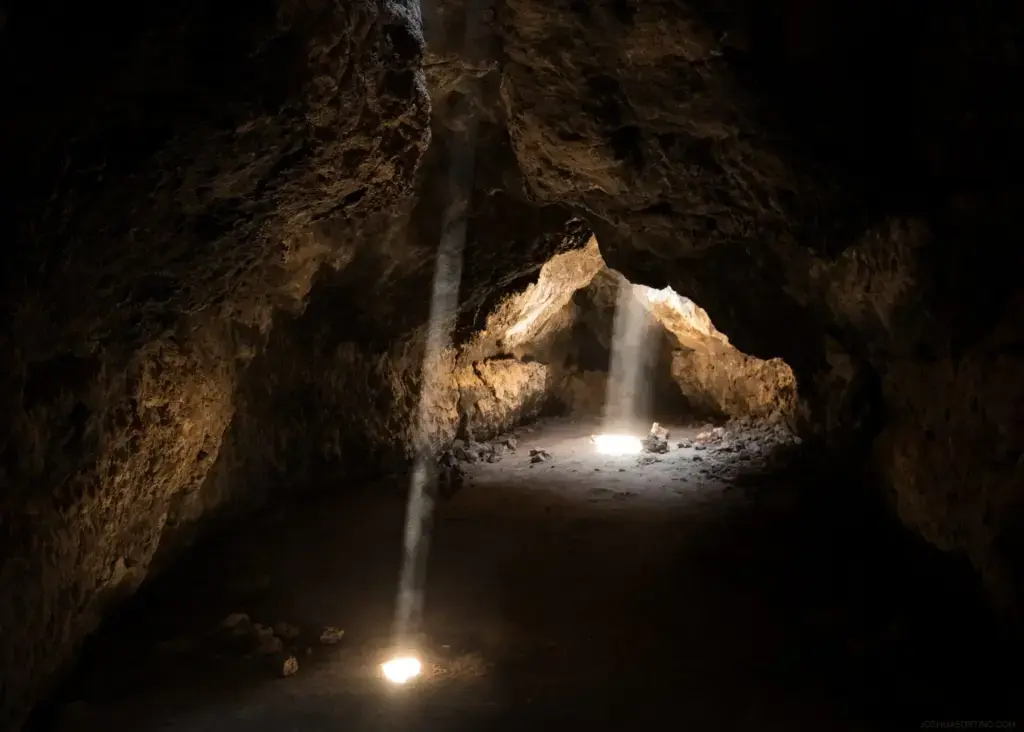
Nestled in the heart of the Lebanese mountains, the Cedar Forests of God are a symbol of eternity and perseverance. All around, rugged mountains and verdant valleys add to the charm.
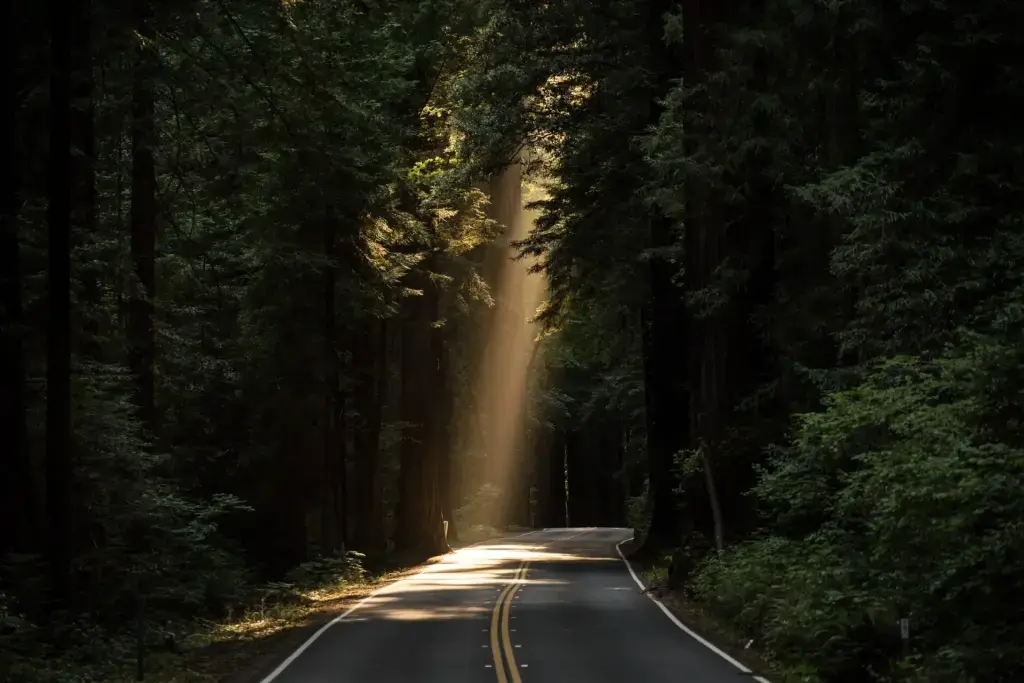
Perched in the Bekaa Valley, Baalbek Palace is an architectural marvel that bears witness to Lebanon’s rich Roman past. All around, the Lebanese mountains offer a breathtaking panorama.
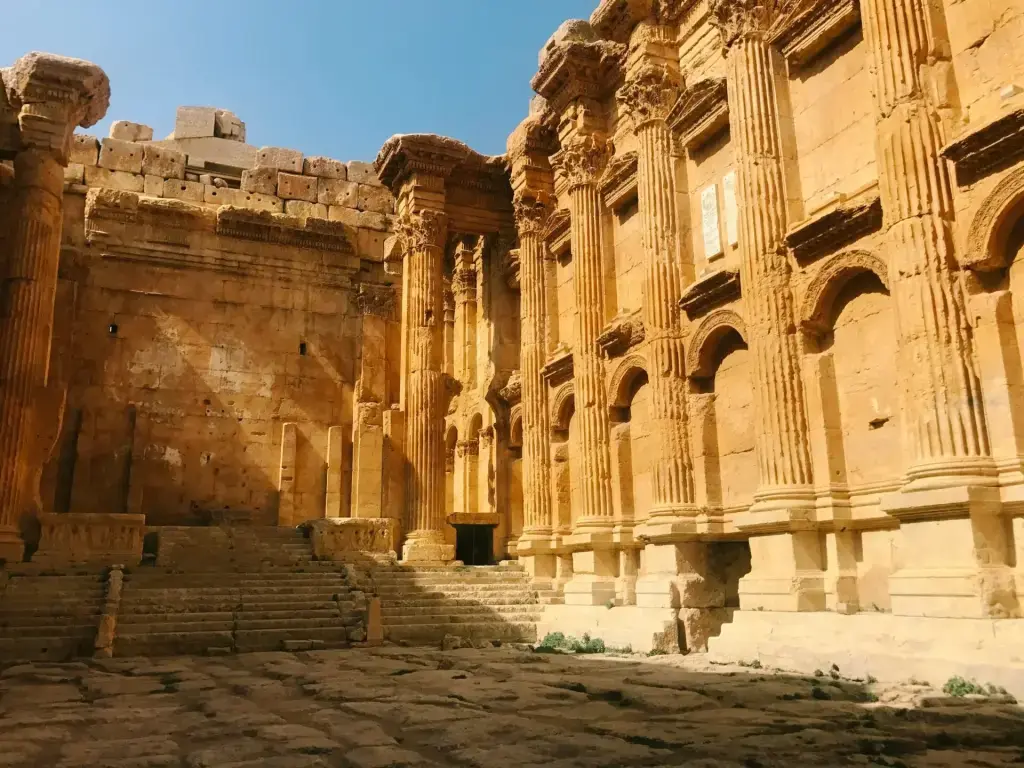
On Lebanon’s southern coast, Tyre stands proudly, reflecting its ancient Phoenician heritage. The horizon is glazed with Mediterranean azure and archaeological remains.
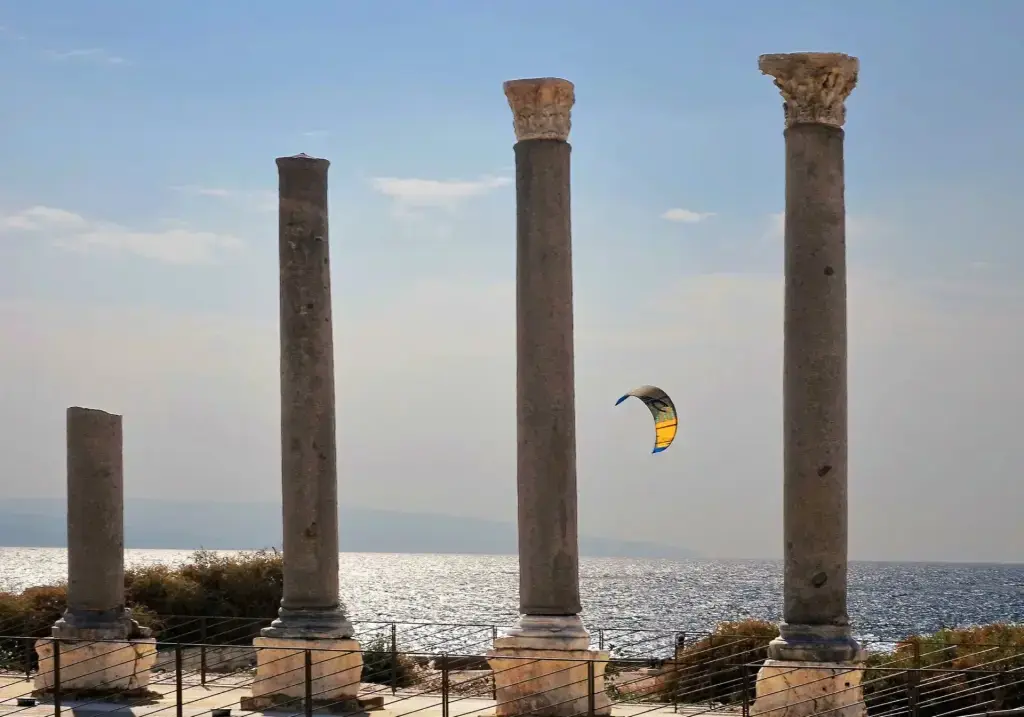
At the heart of the Middle East, Beirut shines like the jewel of Lebanon, a vibrant blend of cultures. Around this metropolis, modern skyscrapers mingle with historic buildings.
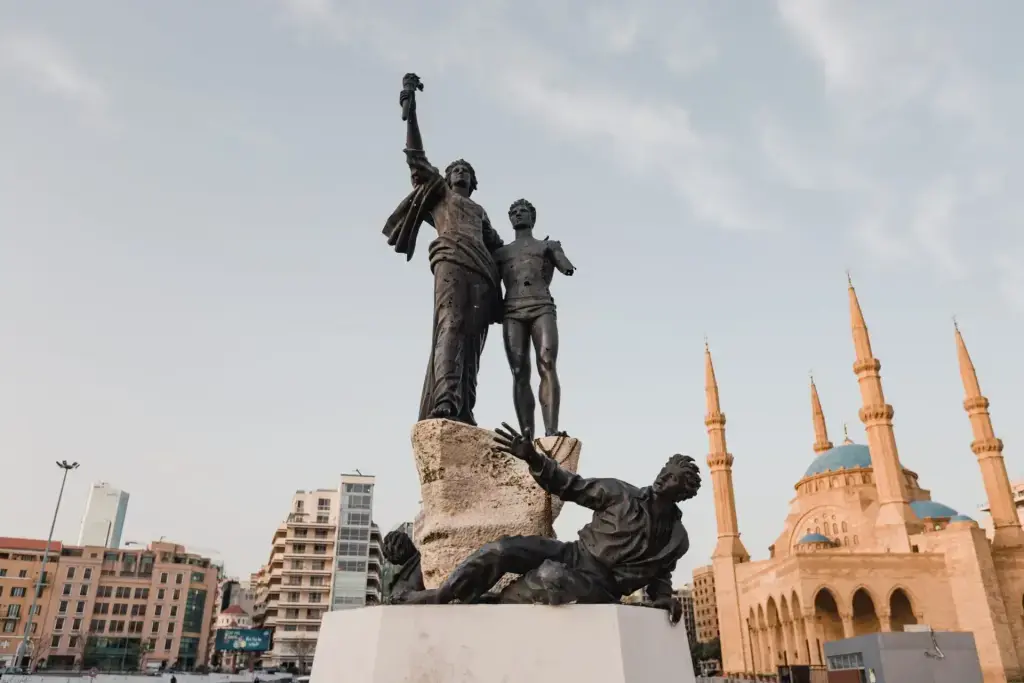
On the Lebanese coast, Sidon, also known as Saida, reveals its age-old treasures facing the Mediterranean. All around, the deep blue sea caresses the fortifications of the Château de la mer.
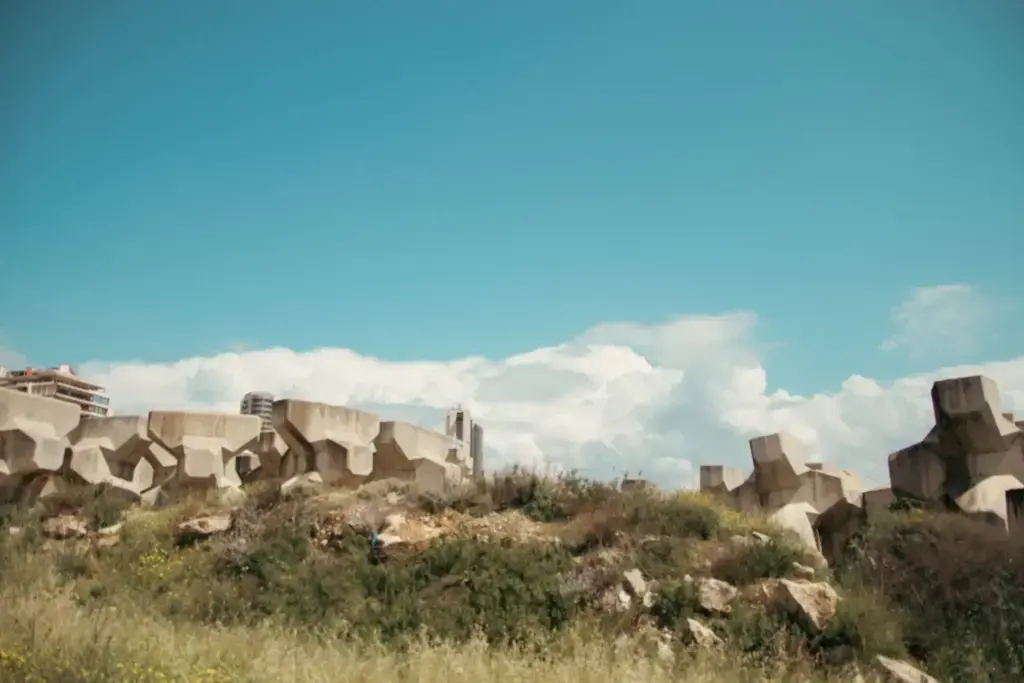
Byblos, perched on the coast of Lebanon, is considered one of the oldest continuously inhabited cities in the world. Phoenician ruins and medieval remains line the picturesque harbour.
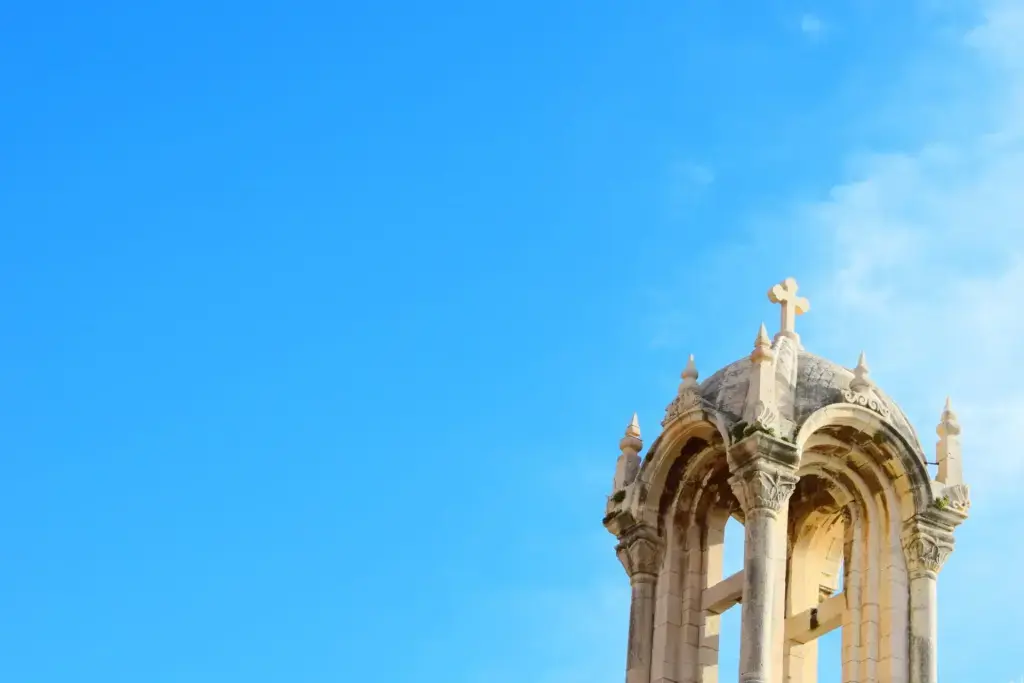
Harissa, located in Lebanon, is best known for its monumental statue of Our Lady of Lebanon, dominating the Bay of Jounieh with spiritual majesty. This religious destination attracts thousands of pilgrims and tourists every year.
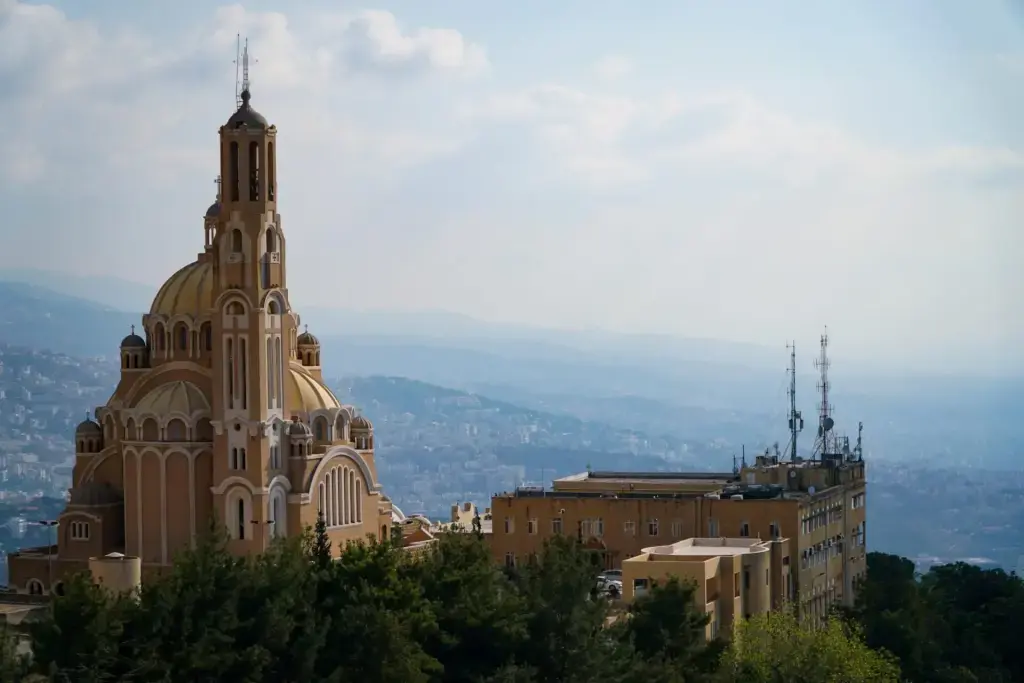
The National Museum of Beirut, Lebanon’s main archaeological museum, is a treasure trove of historical wonders. Located in the heart of Beirut, it boasts an impressive collection of artifacts, reflecting the country’s rich tapestry of history, from prehistory to the Ottoman era.
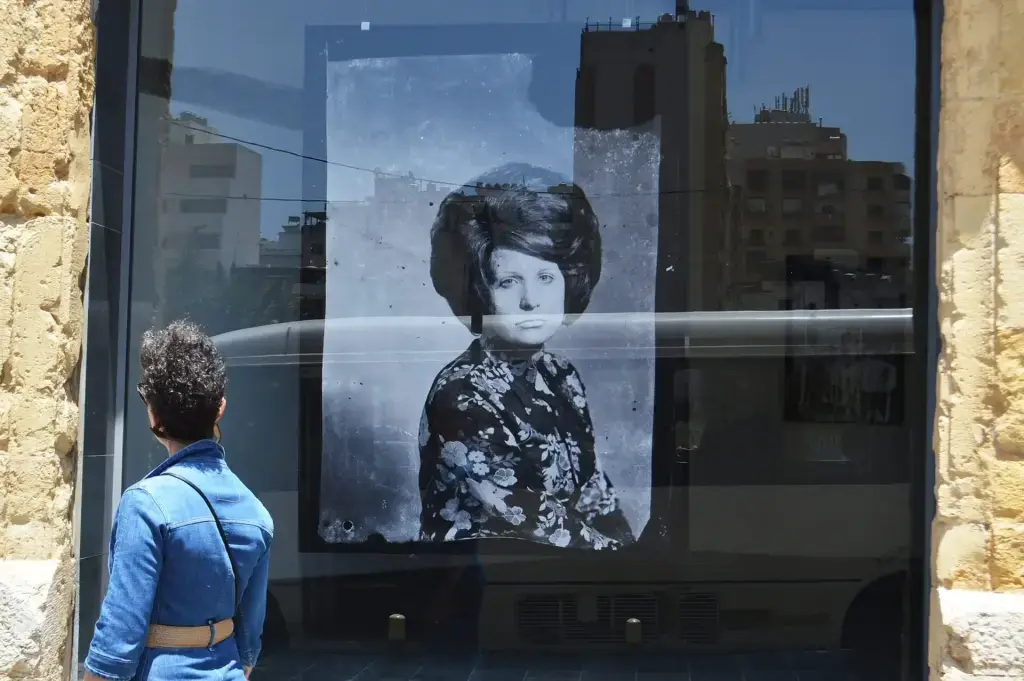
The Al-Shouf Cedar Nature Reserve is the largest in Lebanon, encompassing a third of the country’s remaining cedars. Located in the Al-Shouf mountains, this reserve is not only a sanctuary for the thousand-year-old cedars, symbols of Lebanon, but also for a diverse fauna, including wolves, lynx and eagles.
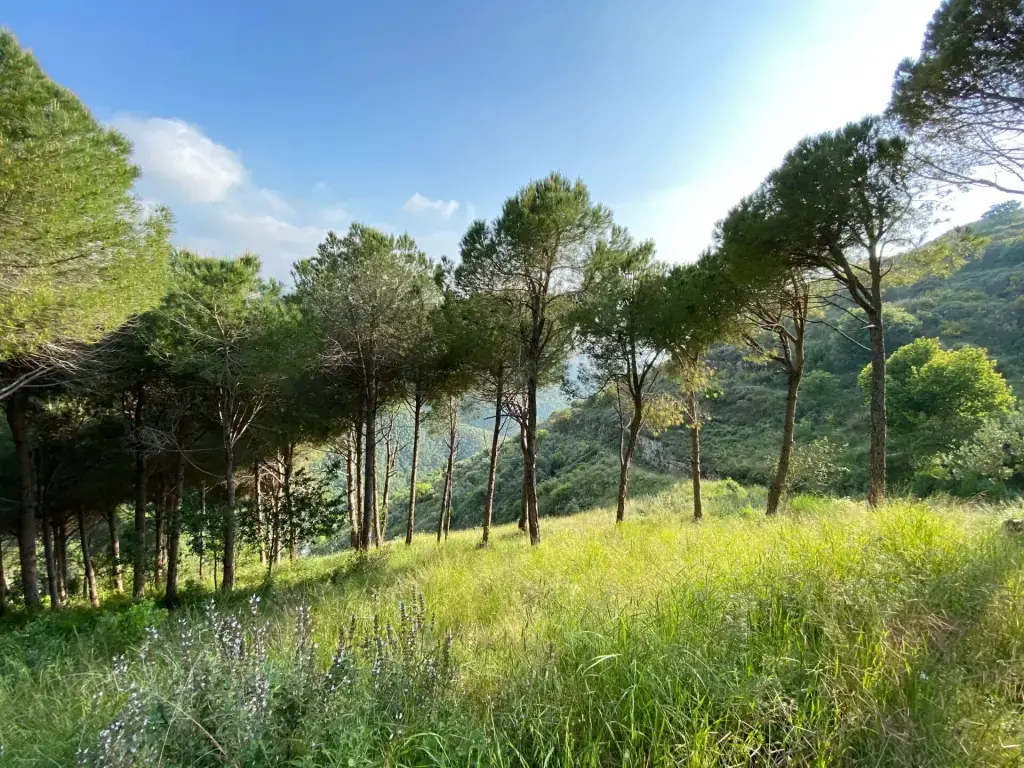
Tripoli, Lebanon’s second-largest city, is often overshadowed by Beirut’s influence, but it has many treasures worth visiting.
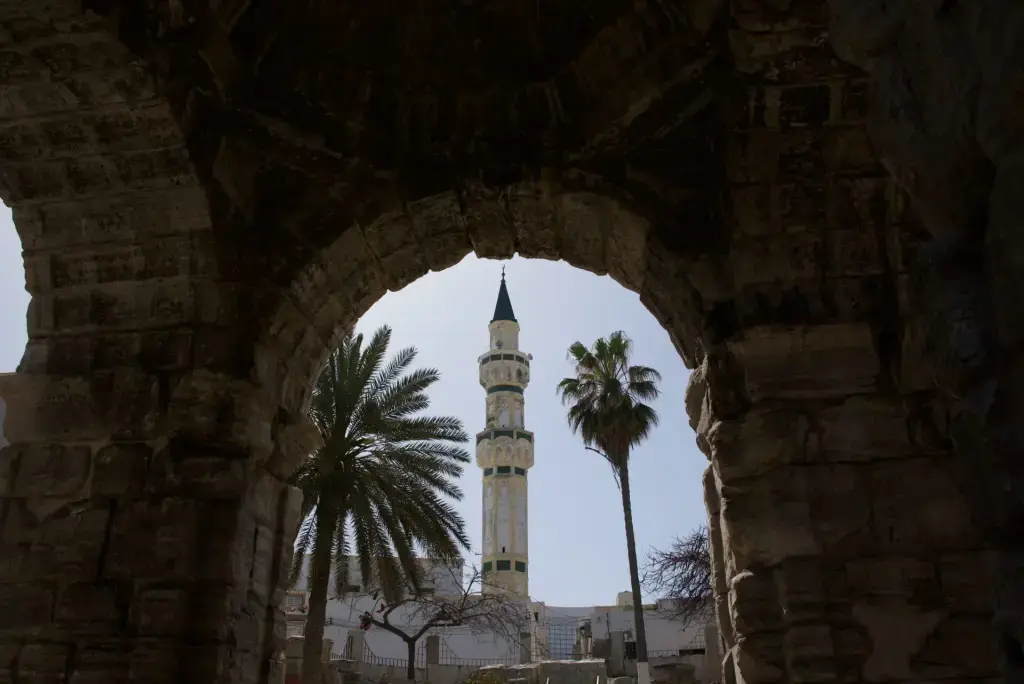
Zahlé, often called the “Capital of the Bekaa”, is a picturesque town in Lebanon’s fertile Bekaa Valley. Known for its pleasant climate, flourishing vineyards and rich culture, Zahlé is a hidden gem.
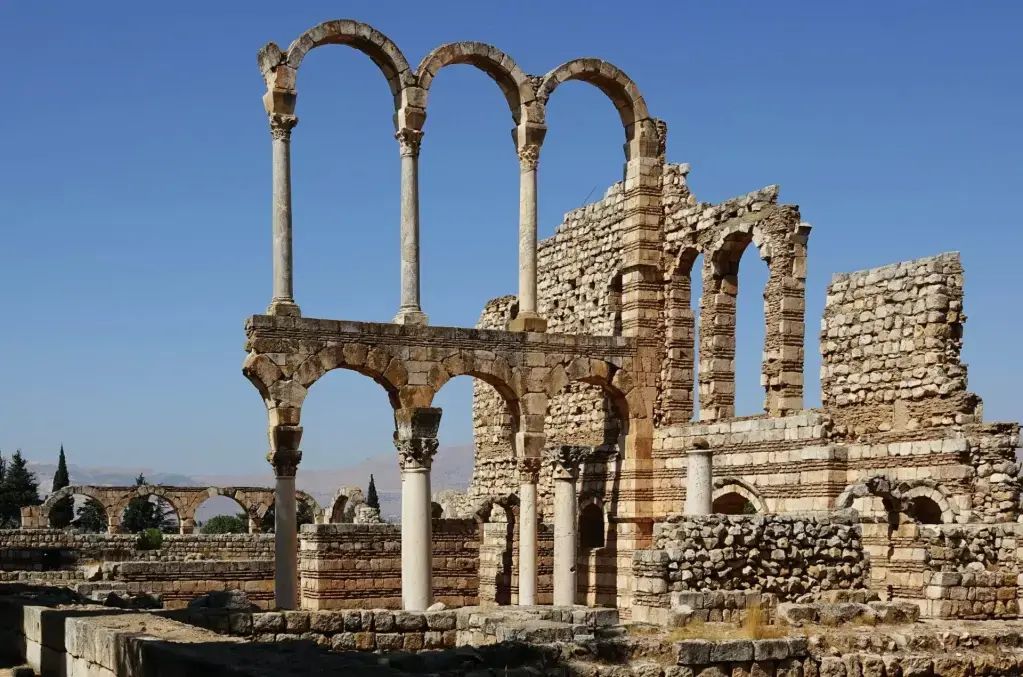
Anjar, nestled in Lebanon’s Bekaa Valley, is an archaeological treasure trove dating back to the Umayyad period. Unlike other historic sites in Lebanon dating back to antiquity, Anjar is famous for its early Islamic ruins. The city was built in the 8th century during the reign of the Umayyad dynasty.
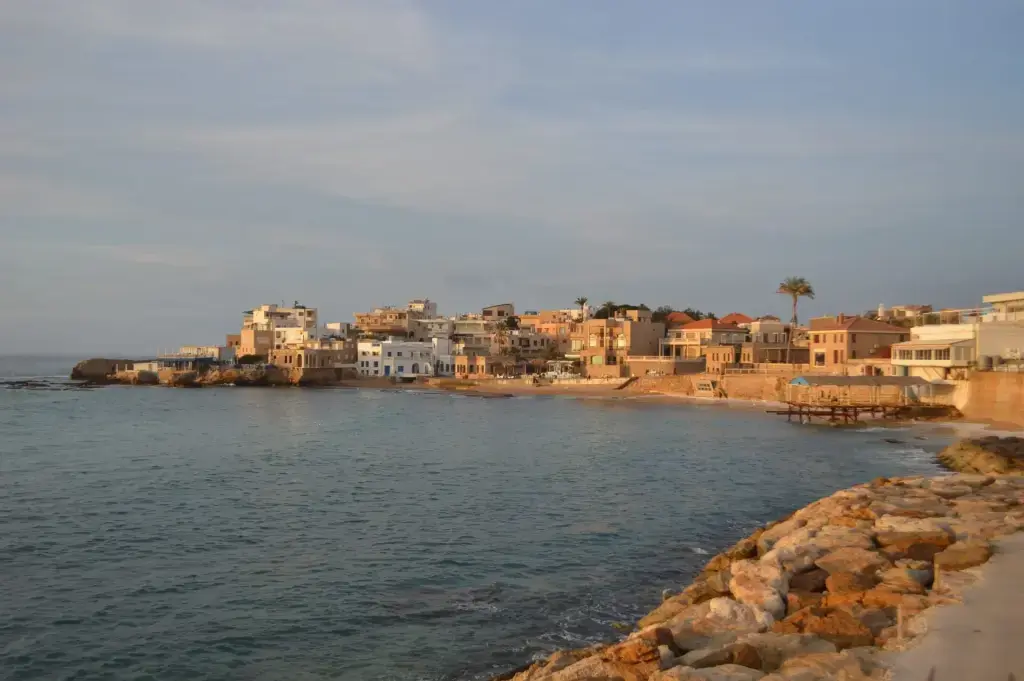
Batroun, on Lebanon’s northern coast, is a charming historic town with a perfect blend of old and new. Known for its beaches, Phoenician history and old port, Batroun offers visitors an authentic Mediterranean experience. Its cobbled streets abound with traditional stone houses, ancient churches and so
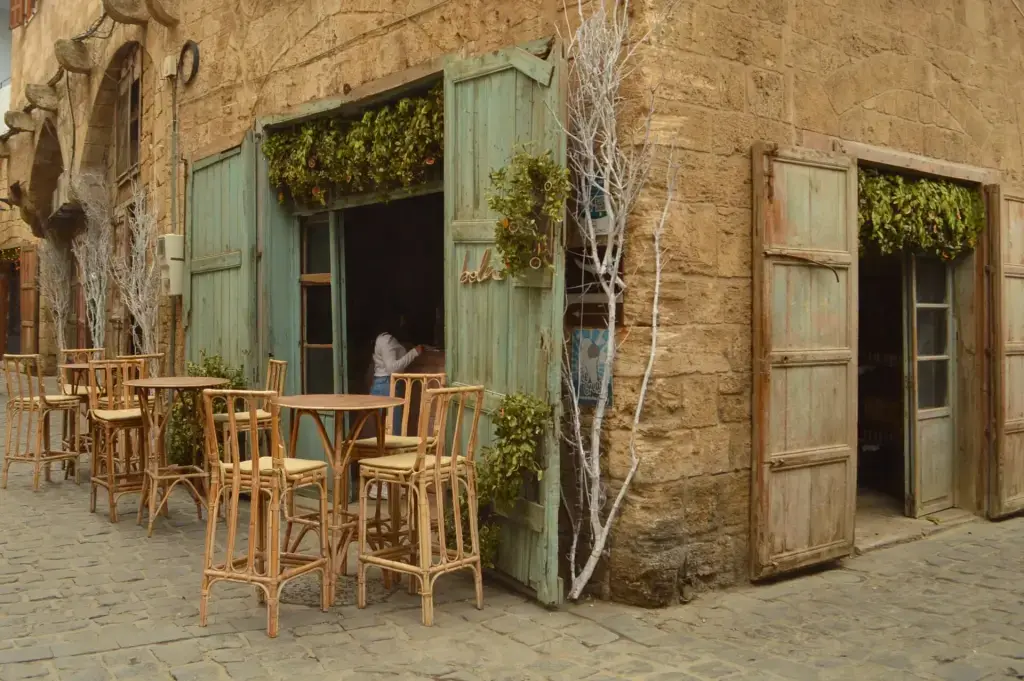
Mount Lebanon, a mountain range stretching across the heart of the Cedar region, is the geographical and historical soul of Lebanon. Rising majestically above the Mediterranean coastline, this mountainous region is home to the thousand-year-old cedars that symbolize the country, and offers breathtaking scenery combining snow-capped peaks, verdant valleys and ancient forests.
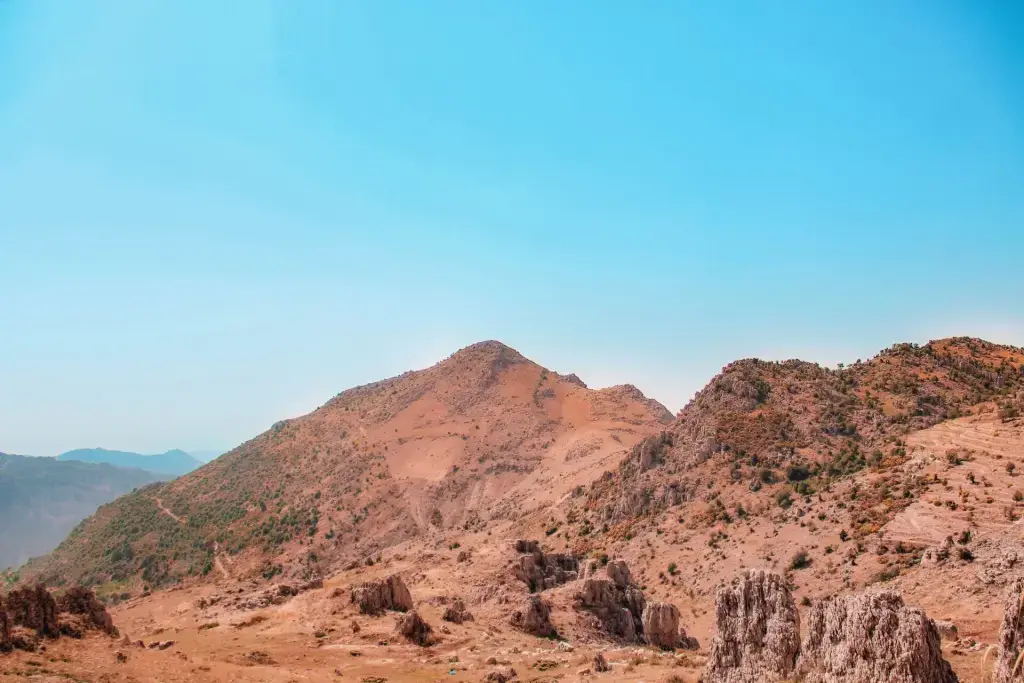
The Qadisha Valley, a UNESCO World Heritage Site, is one of Lebanon’s jewels, nestling in the heart of the Mount Lebanon mountains. This natural sanctuary, rich in spectacular scenery, deep gorges and steep cliffs, has served as a refuge for numerous religious communities and ascetics down the ages.
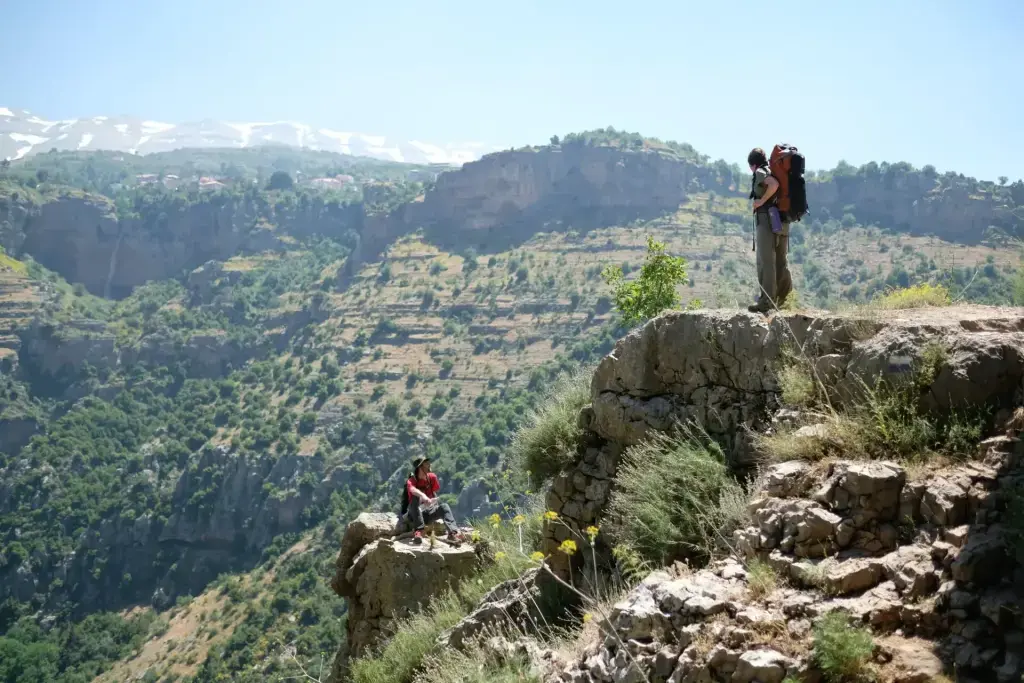
The beaches of Jounieh, located along Lebanon’s Mediterranean coast, are an idyllic getaway for locals and tourists alike. Just a few kilometers from Beirut, Jounieh is known for its turquoise waters, trendy beach clubs and seafood restaurants offering breathtaking views of the bay.
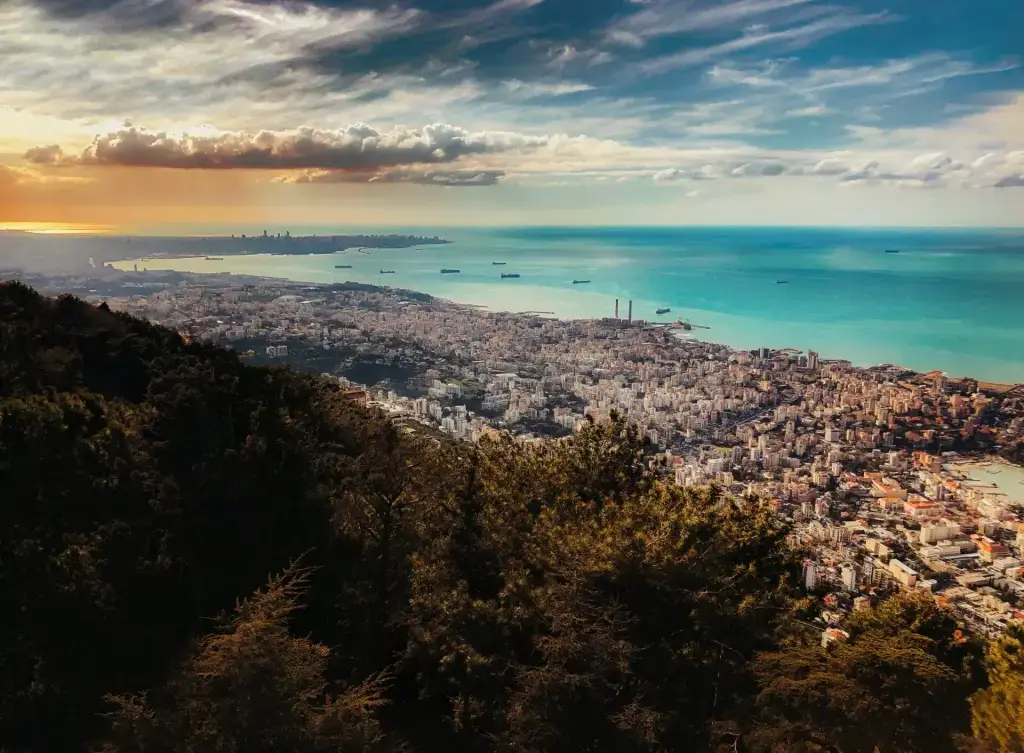
The Tannourine nature reserves, nestled in the mountains of Lebanon, offer a breathtaking spectacle of natural beauty and biodiversity. Covering a vast expanse of cedar forests, these reserves are a haven for nature lovers.
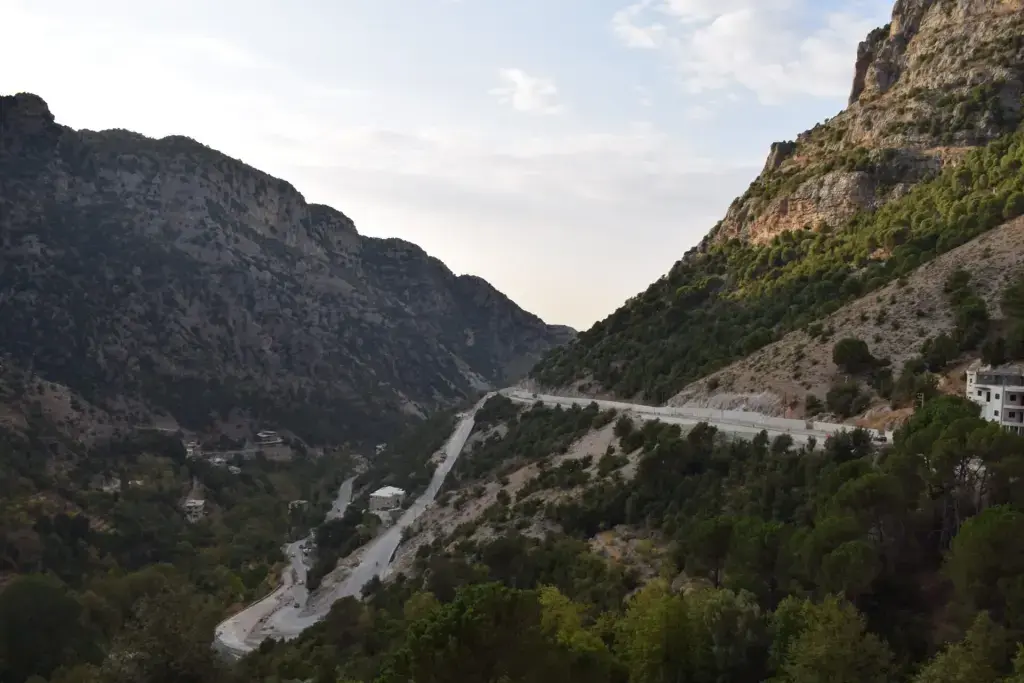
Aley, often nicknamed the “Bride of Mount Lebanon”, is a charming town perched on the mountains of Mount Lebanon, offering breathtaking panoramic views of the valley and the Mediterranean coast.
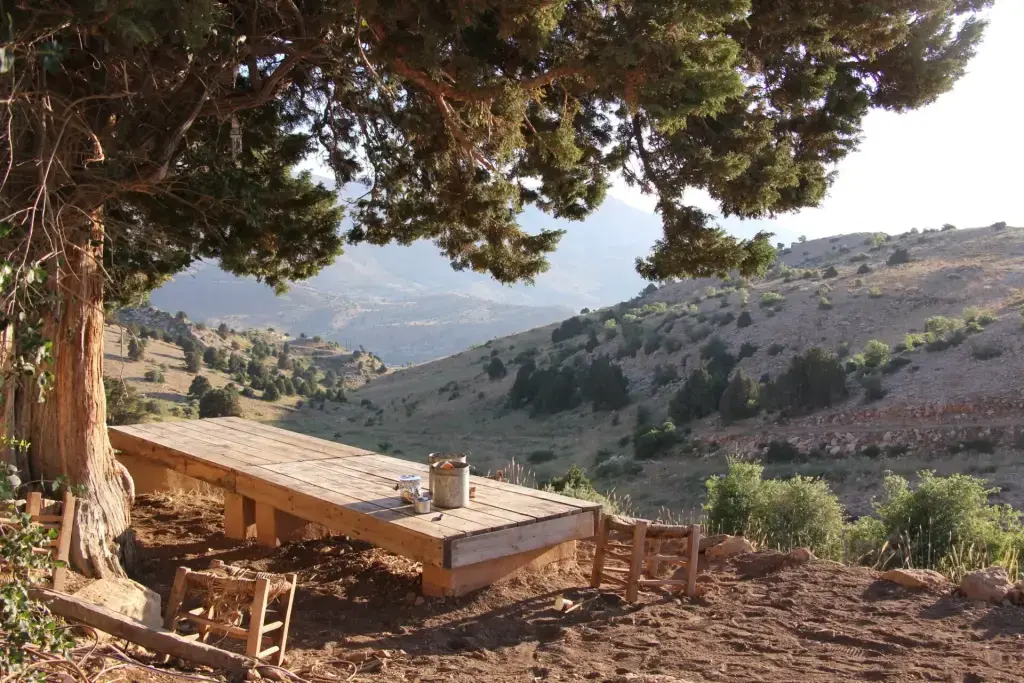
Do you have any questions?
Our teams are here to advise you!

4,3/5 on Trustpilot

Certified partners

Human & committed service

Customized offer

Optimal coverage